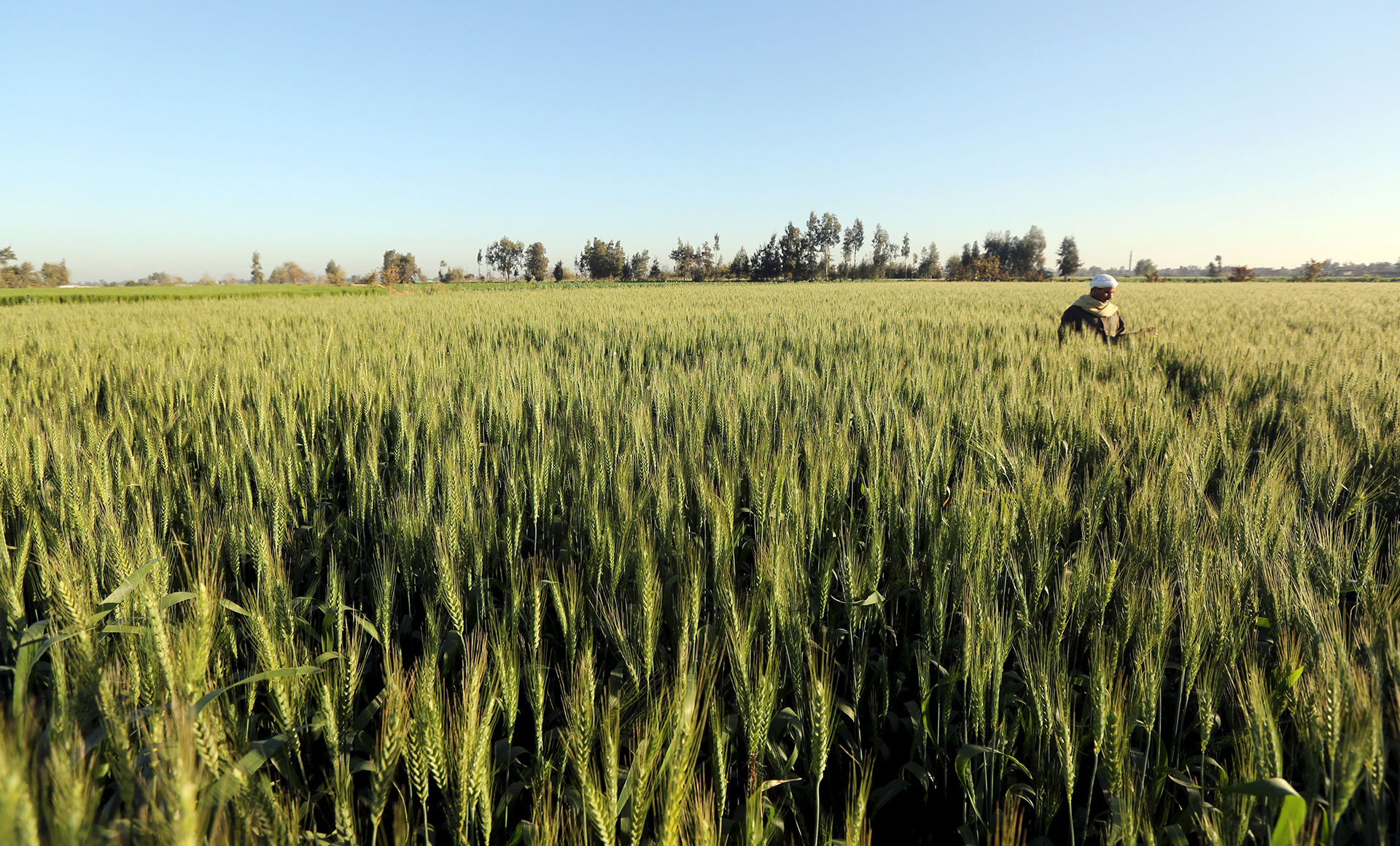



Article by: Hari Yellina
Following a tender published two days earlier by the General Authority for Supply Commodities, Egypt returned to the global wheat market last week, completing agreements on Wednesday to buy 350,000 metric tonnes, the majority of which will come from Europe. Potential suppliers should present Free on Board (FOB) offers for a shipment period of May 20 to 31 and/or Cost and Freight (C&F) offers for a June 1 to 15 arrival window at Egyptian ports, with payment on sight. The tender had previously simply demanded European origin wheat, causing the MATIF wheat futures to rise. Later, the GASC stated that offers from Russia and Ukraine, as well as those from Bulgaria, France, Germany, Hungary, Kazakhstan, Latvia, Poland, Romania, and Serbia, would be evaluated.
Egypt’s first international wheat tender after February has been a success. Following Russia’s invasion of Ukraine, it cancelled two tenders as wheat prices skyrocketed and offers dried up, putting a temporary stop to wheat being delivered out of Black Sea ports by two of the world’s major exporters. Egypt is primarily reliant on wheat imported from Black Sea ports. Over the last five years, total wheat imports were 62.6 MMT, with 59.7% coming from Russia and 22.7% from Ukraine, for a cumulative value of 82 percent of purchases. Four 60,000 metric tonne cargoes were purchased FOB at an aggregate price of US$451.75 per metric tonne, with the majority of the business going to France.
The projected freight cost is US$42.50 per MT, resulting in a landing cost of US$494.25 per MT. A 50,000 metric tonne cargo was also purchased from Bulgaria for US$449.50 per metric tonne FOB, with a landed price of US$480 per metric tonne based on freight of US$30.50 per metric tonne. The final 60,000 metric tonne shipment was bought on a C&F basis for US$460/MT and was of Russian origin. Aston, one of Russia’s major agricultural and food ingredients enterprises, submitted the winning Russian offer, which included farming, oilseed processing, edible oils, and grain origination and export. The company is said to have its own vessels, which allows it to avoid many of the charges that most exporters encounter while exporting out of the Black Sea. The average price for the entire 350,000 tonne tender was US$486.35/MT C&F, up nearly $150/MT from their previous tender on February 18.
The Egyptian government revealed earlier this month that its wheat reserves have plummeted since the start of the Ukraine conflict. There is just enough wheat in the country to cover around 2.6 months of domestic consumption. At any given time, the world’s greatest importer may have as much as one month’s import volume, or one million metric tonnes, in route. However, there aren’t many wheat-laden boats on the lake right now. However, the local harvest, which begins this month, is likely to bolster stock levels. Production is expected to increase by 8.9% this year, from 9 million metric tonnes in 2021 to 9.8 million metric tonnes this year. The increased output is due to a larger harvested area, which is anticipated to reach 1.53 million hectares this year compared to 1.4 million ha last year. Over the next three years, Egyptian authorities hope to increase harvested area by around 30%, or 420,000 hectares.
Last year, the government published its wheat purchasing rates ahead of the planting season, allowing growers to make better crop rotation options. The government subsequently granted an additional incentive of 65 Egyptian pounds (EGP) per ardeb, or US$27.50/MT, on the prices it had previously promised to pay farmers to acquire their produce on March 15, in response to the situation in Ukraine.
Egypt’s newest tender purchase occurred just two days after the country announced a deal to get wheat supplies from India, adding the world’s second-largest producer and occasional exporter to GASC’s list of 17 other international import origins. India’s ambitions to sell considerable volumes of wheat into the global market have long been hindered by logistical and quality concerns. However, a string of bumper crops combined with increased demand as a result of the Ukraine crisis has given India an extra incentive to address its numerous export limitations.
Egypt is set to buy over one million metric tonnes of wheat from India, with 240,000 metric tonnes expected to be transported in April, according to a statement made by India’s Commerce Minister last Friday. Due to worries that Indian wheat imports may contain the ‘karnal bunt’ disease, a threat to domestic output, Egypt’s acceptance came after a laborious procedure of field visits and inspections of Indian quarantine facilities by Egyptian authorities.
Egypt is considering a variety of wheat import sources as it seeks to reduce its reliance on Black Sea exporters, particularly Russia, in the aftermath of massive supply disruptions caused by the Ukraine crisis. Due to rising costs and difficulties in Black Sea supply, the USDA cut its Egyptian wheat import projection by 0.5 million metric tonnes. However, the north African country still has a long way to go to fulfil its 12 million metric tonnes (MMT) wheat import goal for the 2021/22 marketing year, which would allow it to meet domestic demand while also gradually rebuilding inventories.